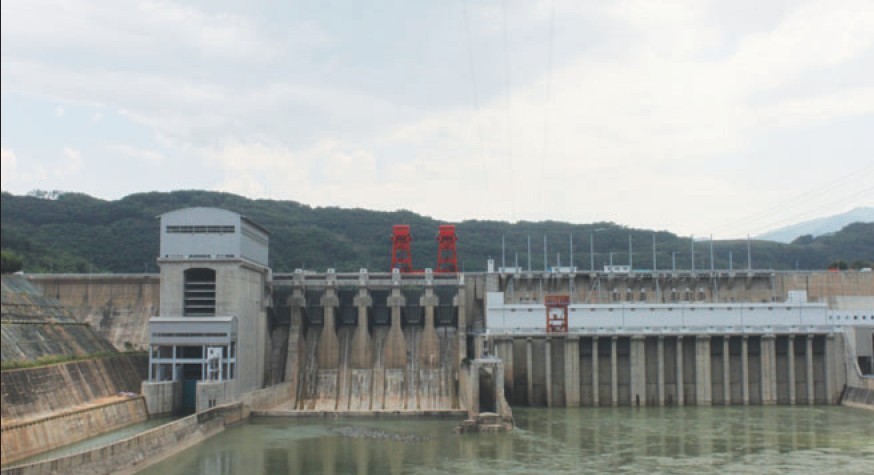The Mekong River is the longest watercourse in Southeast Asia. Although China has an extensive hydropower program underway on the Upper Mekong, as yet there are no dams on the river’s lower mainstream. However, as many as 12 additional projects, which would generate substantial energy and wealth especially for Cambodia and Laos, are currently in the proposal stage for the Lower Mekong (LM).
The March 2012 cover story in Frontiers in Ecology and the Environment (Impact Factor 8.82) featured work on Mekong River hydropower development co-authored by Doctors R Edward Grumbine and XU Jianchu, colleagues at the Centre for Mountain Ecosystem Studies, Kunming Institute of Botany. XU Jianchu is Director of the Centre where Grumbine is working on a two year visiting Professorship for senior international scientists through the Chinese Academy of Sciences. The paper, “Mekong Hydropower: Drivers of Change and Governance Challenges” ( http://www.esajournals.org/doi/abs/10.1890/110146 ), describes dam building plans for the Lower Mekong Basin south of China. If completed, hydropower projects in Laos and Cambodia would dramatically alter river ecology and impact millions of local people who depend on the Mekong for their livelihoods, even as the two countries would gain benefits from overall GDP growth and development. These ecological, livelihood, and economic issues are made more complex by a host of governance challenges in the region. These include lack of knowledge and institutional capacity to carry out integrated problem solving as well as poor understanding of deliberative governance that includes local participation in decision making. Lower Mekong hydropower projects have yet to be decided upon. Grumbine and XU offer several examples of how to improve integrated water resource management to reduce risks, increase resilience, and strengthen collaboration in a challenging transboundary setting. Their work offers a good example of linking ecological and social analysis together to solve complex real world problems.
Research funding for REG has been generously provided bythe Chinese Academy of Sciences Visiting Professorship forsenior international scientists (grant No.2010T1S2). JD acknowledges the support of Australian NationalUniversity’s Fenner School of Environment and Society.

Map of hydropower projects in the Mekong Basin.
(Image by Centre for Mountain Ecosystem Studies, KIB)

Jinghong Dam on the Lancang–Mekong mainstream in Yunnan Province, China.
(Image by Centre for Mountain Ecosystem Studies, KIB)




